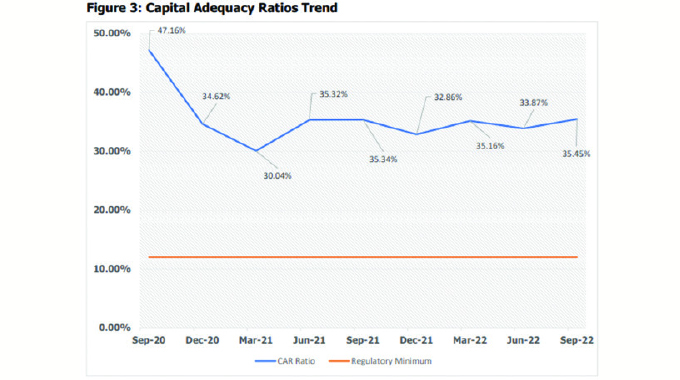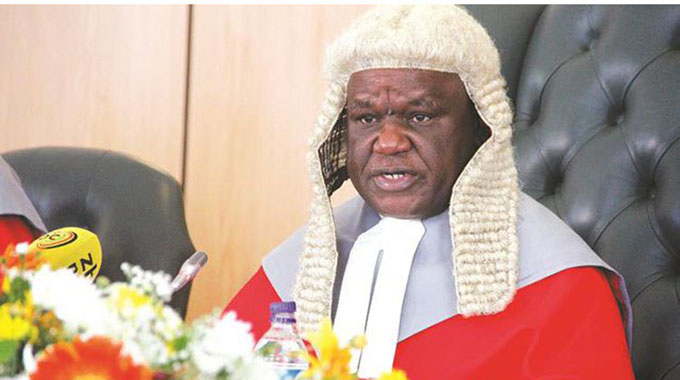EDITORIAL COMMENT: Free education can be made compulsory

OUR Constitution lays down among the national goals that the State must take all practical measures to promote free and compulsory basic education for children.
There are no deadlines or timelines set down, just the goal, but obviously we should be seeing every year progress towards achieving this goal, that is not only set down in the Constitution, but is also desirable in itself as part of the efforts we are making to ensuring all children get the best possible start in life.
At independence the first major jump was made, giving all children the right to seven years of primary education and four years of secondary education.
This not only meant the number of school places, especially at secondary level, had to be dramatically expanded, it also involved the major conceptual shift that moved education from being a privilege that could be withheld to a right that has to be granted.
That was important, and required a major national effort to convert this right into something practical, an effort that was largely successful as new schools were opened and old schools expanded.
Progress was then a little uneven, but the Second Republic has taken up the drive and through central Government budgeting and the sterling work done by at least the rural district councils using devolution funds, the gaps in the school network are fast being filled.
This means that generally there is a school within walking distance for every child and there is a place and desk at that school. That fulfils one part of the requirement of “practical measures” laid down in the Constitution.
The second aspect is affordability. Here we are still making progress, although the latest census shows we are still missing one or two percent of children.
Again the Second Republic has been pushing this practical aspect through the BEAM programme, whereby fees for children whose parents cannot raise the fees are paid.
This has seen a big jump to two million children, around 30 percent of the total number, now having fees paid through BEAM, which includes minimum uniform requirements and the full Zimsec examination fees.
Other pupils in State and mission schools get a 55 percent contribution, with only pupils in private schools charged the full examination fees.
BEAM and the Zimsec assistance also stress that schools and the examination council itself are not denied the fees they need to cope.
They still get the fees of BEAM children, only from the Government rather than from the parents or guardians, and Zimsec still gets the full amount it needs to pay for papers to be set and marked, a major undertaking, and to be distributed securely.
It would be easy to cancel school fees, at least at Government schools, without compensating the schools with other revenue simply by passing an amendment to the Education Act.
The result would be a significant reduction in the quality of the education on offer. Instead the Government, looking hard at the word “practical” is following the course that education needs to be paid for, and the options involve who does the paying.
With such a large number of children getting their fees and examination fees now paid for by the State, the first moves towards the full objective of free and compulsory basic education are being made.
In some ways this required some careful calculations. If a limited number of children across the country needed help with school fees there would have been arguments that it would be better to continually expand BEAM until we reached the stage where there would be just one more jump to abolish school fees altogether.
But, and again there are good practical reasons, the introduction of free schooling is now active on the national agenda, but it will be in stages. A pilot study has been done, so the authorities know what to expect.
The first phase will be involving schools in areas where the large majority of pupils need assistance, and when we have the position that 80 percent plus of pupils are on BEAM, or all pupils receive free education, the practical difference is minimal.
The Government has already said that free education will be rolled out in the poorest rural areas first, and those are the poorest areas in Zimbabwe. And that free education for all pupils in a particular area also allows the other half of the target, making education compulsory, to be tackled.
This would require families and communities passing on details of where a child of school age is not going to school, and then this being followed up to find out why.
Occasionally there might be a special reason, such as the need for a wheelchair, but usually it means dire poverty or simply parents who do not care.
The free bit of the programme can handle the dire poverty, but there will still be need for enforcement of the compulsory part. This in many respects will fulfil the next target on the list, the need for girls to have the same opportunities as boys, as more girls still miss schooling than boys.
We could introduce compulsion earlier with BEAM expanding, if we found that some parents were hit by inability to pay fees, but this could produce problems in some sectors of society.
But if a ward or a district was added to the free-education list then compulsion in that area could be enforced easily.
The speed of introducing free and compulsory education largely depends on the speed of economic growth and so the speed that the Government’s revenues are rising.
Free education requires a larger budget for schools from the tax inflows, and that in turn requires that the economy is growing sufficiently strongly that more money can be allocated to education every year without cutting back on other services.
So as free education is rolled out, step by step, we still need to retain BEAM for the schools that are yet to be free. But a school where, say, just five percent of pupils need help could with BEAM wait a bit while a school where a significant majority need help moves into the free sector. By keeping what we have built up, especially in the last few years, but expanding, we can manage the transition well.
In the end it is the number of children who have free education, either in schools with no fees or the vulnerable helped through BEAM, that matters, and ensuring that no child is left behind, anywhere.










Comments